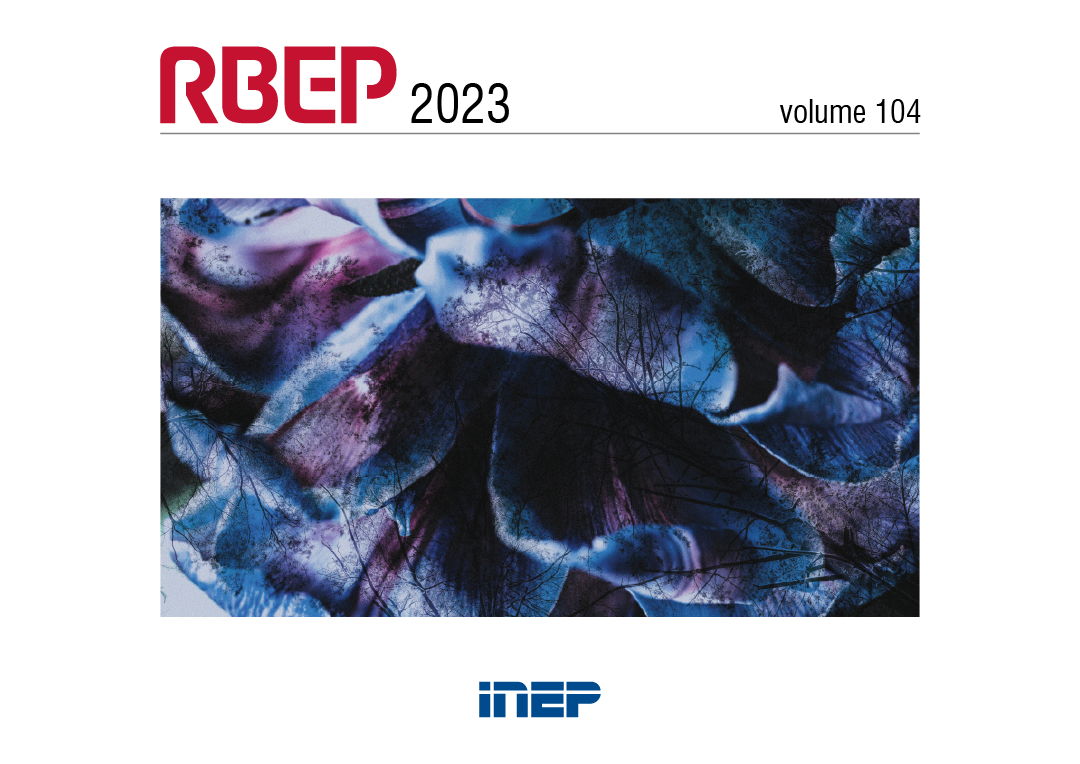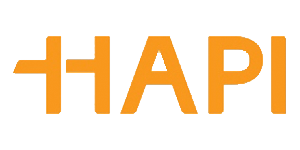We have projects and we have the police: school principals’ perspectives on violence prevention strategies in the school context
Abstract
This study investigates the perceptions of school principals of state schools in Minas Gerais (Brazil) regarding the strategies adopted to prevent violence in the schools under their management. Data derive from the research "Violence in Schools and Prevention Programs" coordinated by the Center for the Study of Crime and Public Safety at the Federal University of Minas Gerais (Crisp/UFMG) in 2012. The methodology is based on the content analysis of 79 semi-structured interviews granted by principals of schools that offered in that year classes from the final years of elementary school, high school and youth and adult education. The study identifies three categories of prevention adopted according to the complexity of the events and the target audience: the primary, secondary and tertiary violence prevention strategies. The results showed that secondary strategies, oriented to situations in which there are personal or contextual risk factors, and tertiary strategies, which are employed when violence has already occurred, tend to be conducted by external actors, such as the Military Police, while school personnel focus on actions that precede violence and are directed at the whole school community, even when performed in the classroom (primary prevention). This research contributes to the debate on augmenting leadership of educational management (in schools and municipal or state agencies) in the prevention of violence at all levels of intervention.
Downloads
Copyright (c) 2023 Brazilian Journal of Pedagogical Studies

This work is licensed under a Creative Commons Attribution 4.0 International License.
Once their work is accepted for publication, author’s copyrights are automatically relinquished to the National Institute for Educational Studies and Research Anísio Teixeira (Inep).
Since 2016, the journal Revista Brasileira de Estudos Pedagógicos (RBEP) uses the licence CC-BY.
Partial or total reproduction of the content of this Journal is permitted provided that the original publication is properly referenced, as well as a link to license CC BY 4.0 and to indicate any possible alterations made to the article.




















